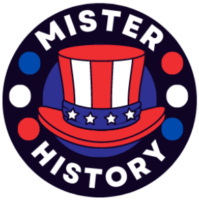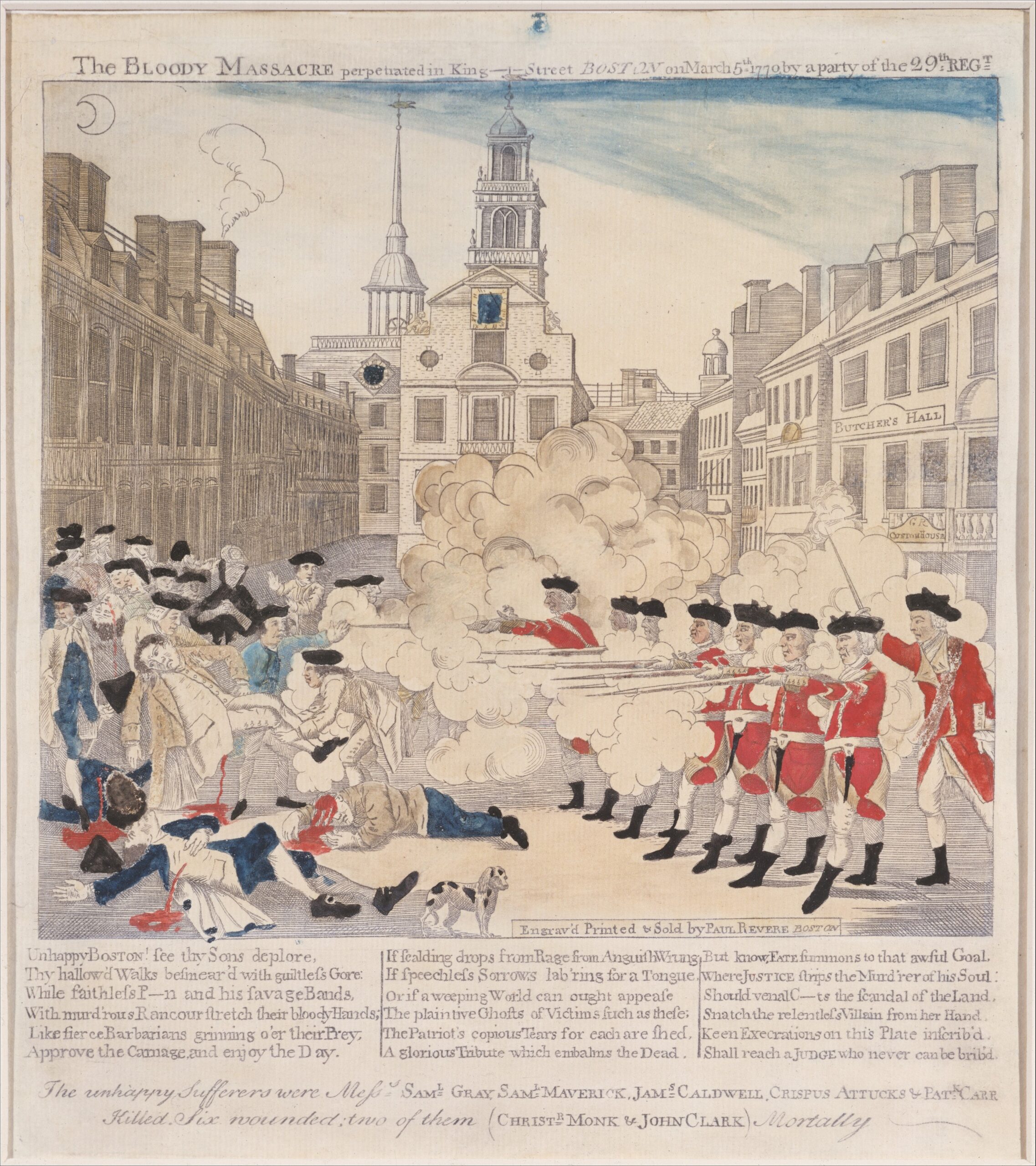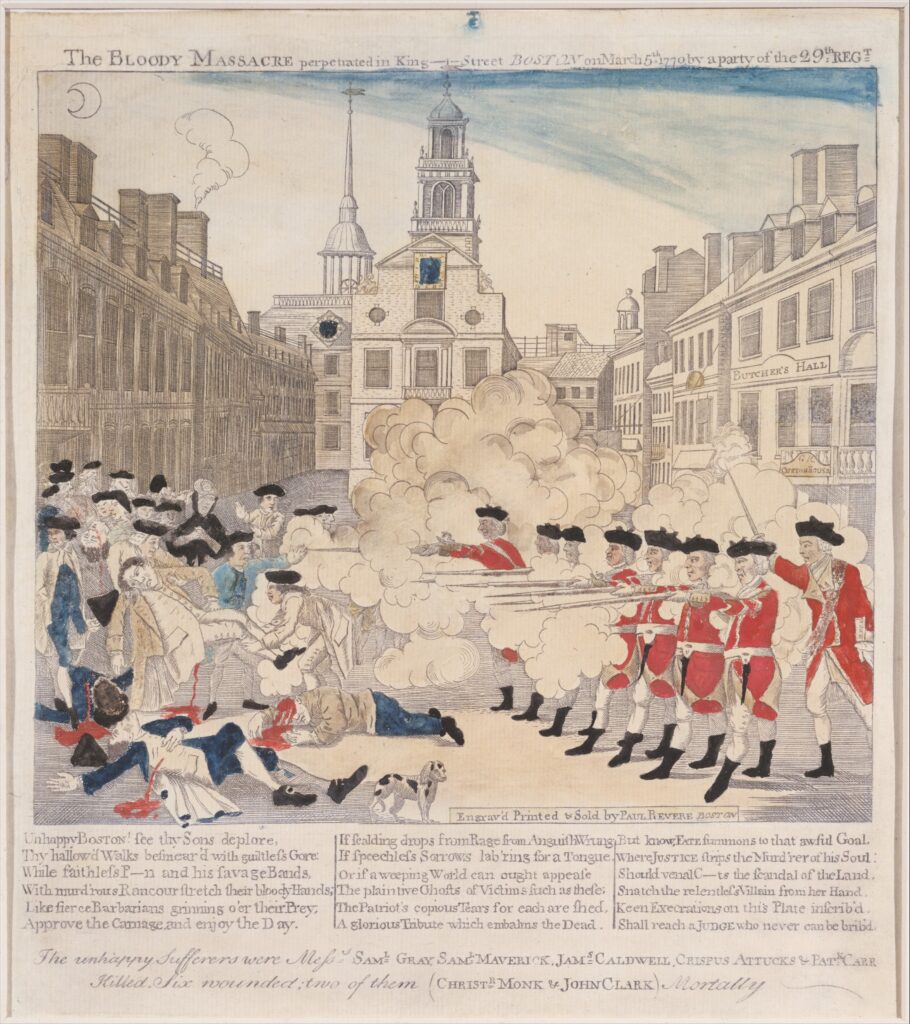
The Importance of Propaganda in the American Revolution
To understand the significance of propaganda during the American Revolution, delve into ‘The Importance of Propaganda in the American Revolution’ with a focus on ‘How Propaganda Shaped Public Opinion’, ‘The Role of Print Media in Propaganda’ and ‘How Propaganda Influenced Military Strategy.’ These sub-sections detail the impact of propaganda on the American populace and their eventual victory.
How Propaganda Shaped Public Opinion
Propaganda played a pivotal role in shaping public sentiment during the American Revolution. It was used to appeal to the emotions of Americans, influencing their attitude towards British rule. Through slogans like “No taxation without representation” and pamphlets like Thomas Paine’s “Common Sense,” colonists were reminded of their rights and the cruelty of British despotism.
The power of propaganda reached beyond printed and spoken words; it also included symbols such as flags and uniforms that fostered patriotism amongst Americans. These symbols became synonymous with the revolutionary cause, ramping up unity among revolutionaries and provided motivation to fight against tyranny.
Moreover, successfully disseminating propaganda across an entire population proved necessary for keeping morale high through difficult times. The Continental Congress knew how critical this was, which led them to appoint Benjamin Franklin as America’s first postmaster general so he could improve postal services and distribute materials nationwide.
Pro Tip: Understanding how persuasive propaganda can be is essential in crafting persuasive messaging today. A direct appeal to emotions, especially during conflict or challenging times, can sway public opinion immensely.
Print media: because sometimes words are mightier than swords, but only if they’re cleverly crafted propaganda.
The Role of Print Media in Propaganda
Print Media played a significant role in disseminating propaganda during the American Revolution. Propaganda was used to spread information, influence public opinion, and recruit new supporters. Through various forms of print media, including newspapers, pamphlets, and handbills, messages were delivered to a wide audience. These mediums contributed immensely to the success of the revolution by shaping people’s beliefs about the political situation at that time.
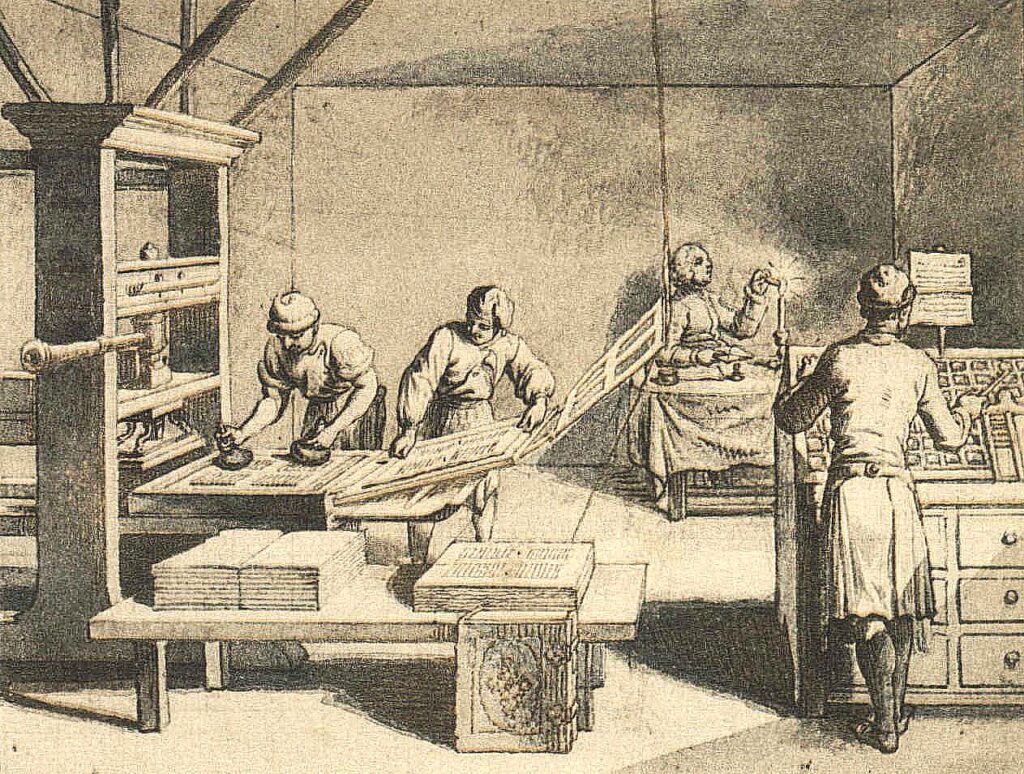
During those times, Print provided an effective way of communicating political messages that could reach all segments of society. Pamphlets were widely circulated and helped in creating an informed society that played a crucial role in shaping public opinion. The impact of print media helped ignite patriotism amongst Americans. The critical role played by T. Paine’s “Common Sense” pamphlet in influencing public attitudes towards independence paved avavenue for further publications.
The content published through printing presses helped fuel revolutionary passion and unite colonists against the oppressive British empire. They generated narratives and perspectives which unified colonists around new beliefs such as liberty and independence. Throughout its history, America has never been shy about using propaganda to affect change.
Overall, print media was instrumental throughout the American Revolution by changing the audiences’ beliefs towards independence guiding their views on economic policy; consequently triggering participation in significant events like the Boston Tea Party and eployment into armed resistance units increasing pressure built upon Britain’s oppression. Therefore, it is essential to note that while propaganda can be used negatively as well positively, its effects aren’t always detrimental, and its context makes it so.
“Propaganda: because sometimes the pen is mightier than the sword, and sometimes it’s just a really convincing stick figure drawing.”
How Propaganda Influenced Military Strategy
The utilization of propaganda played a significant role in shaping military strategy during the American Revolution. By creating persuasive messages, propagandists swayed public opinion towards their cause and rallied support for their troops. Their propaganda elicited emotional responses from the masses, allowing for the creation of long-lasting sentiments against the British and consequently leading to successful military maneuverings.
Propaganda was utilized as a tool to build morale, recruit soldiers, and disrupt enemy troop movements. The circulation of inflammatory cartoons and pamphlets co-opted public sentiment, resulting in overwhelming support of revolutionary forces. Such propaganda campaigns resonated throughout the colonies, making it challenging for British troops to infiltrate or defeat them without backlash.
Furthermore, creative forms such as political plays and songs evoked patriotic fervor among civilians and military personnel alike. They created an illusion of unanimity where none existed- promoting agreement about specific issues concerning power structures held by colonizers. Military commanders also employed propaganda campaigns directly aimed at demoralizing British troops while instilling hope among revolutionary fighters.
The effects of these propaganda efforts were unmistakable, affecting both those fighting on battlegrounds and those supporting them from afar. Therefore, one could argue that it is reasonable to assume that without effective narrative-shaping strategies like these during this period in history; there would be no US today! To put it simply: When you stir up emotions that strengthen beliefs by over-repetition; you can legitimately generate revolutionary change if society buys into your messaging.
To best replicate this approach today – one could focus on repeating short and sharp slogans repeatedly (indoors & outdoors) until they become embedded within our consciousnesses – note ‘Yes we Can‘, Tony Blair’s ‘Education Education Education‘ strategy or even Apple Computers “Think Different” ads from years back were highly effective at creating strong emotions in people’s minds. [1]
Revolutionary propaganda: where ‘taxation without representation’ meets ‘give me liberty or give me death’.
Common Themes in American Revolutionary Propaganda
To analyze the use of propaganda during the American Revolution, the Common Themes that emerged in Revolutionary Propaganda are important to note. The four sub-sections: The Call for Independence, The Demonization of the British, The Unification of the Colonies, and The Role of Women in Propaganda, each reveal new insights on how the colonists shaped their narrative of revolution.
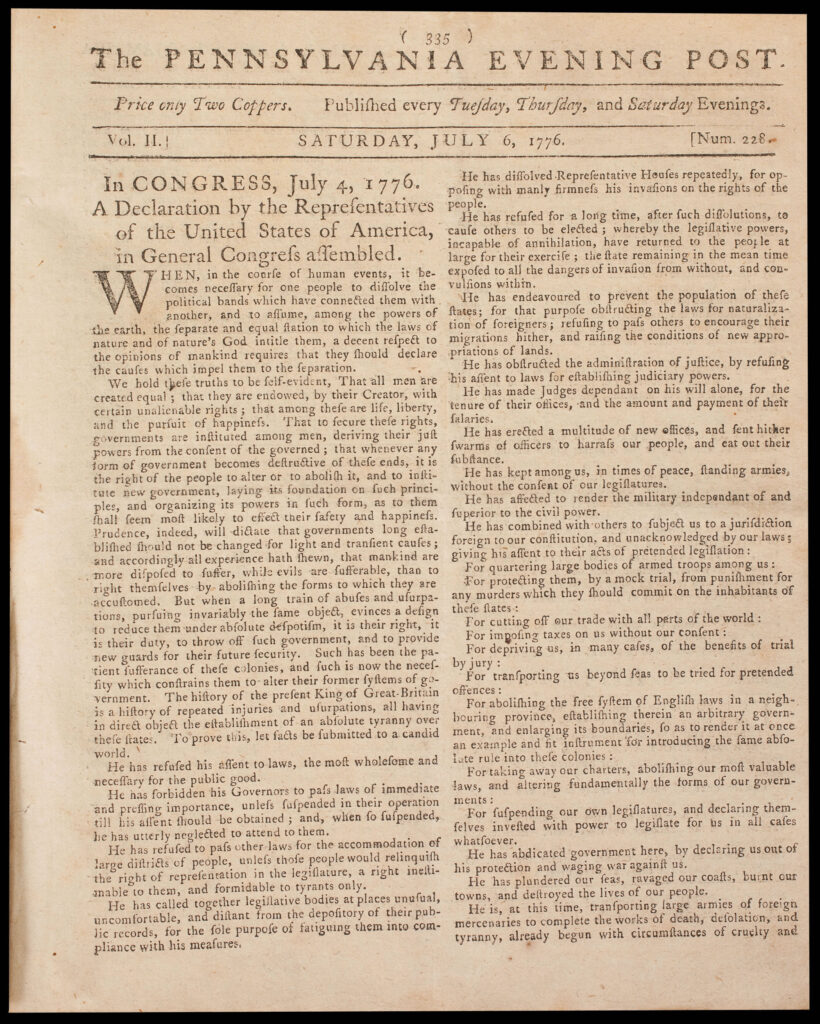
The Call for Independence
The American Revolutionary propaganda shared a discernible message of declaring self-rule. It demanded liberty from England, and expressed a powerful urgency to break free from its tyrannical nature. The overarching narrative varied in the details but was consistent with promoting independent governance.
These messages were underscored by appeals to natural law and individual rights, through various media such as pamphlets, speeches, and artwork. They also highlighted the injustices inflicted upon the colonists through taxation without representation, prolonged warfare, and political corruption.
What sets this propaganda apart is its ability to incite action and convey sentiments of shared struggle among Americans. While some advocated for peaceful talks with England, others called for an armed resistance against British oppression. Regardless of these varying tactics, patriots shared unified aspirations for complete sovereignty within their country.
In order to achieve this end goal of independence, leaders like Thomas Paine suggested an outright declaration of freedom in his famous pamphlet “Common Sense.” This empowered colonists with a clear vision and purpose while also undermining colonial loyalty to the King.
Overall, the American revolutionary message of independence provided compelling arguments that resonated and united diverse groups together towards a common goal. Its impact reverberates into modern times where similar ideals are still celebrated and upheld as democratic values worth fighting for.
You may have heard of the British Invasion, but in Revolutionary America, it was the demonization of the British that was all the rage.
The Demonization of the British
Through the use of emotional language and vivid imagery, the American colonists sought to vilify the British in their propaganda during the Revolutionary War. By employing negative caricatures and derogatory names, such as “Redcoats” and “tyrants,” they aimed to dehumanize their opponents and rally support for the revolution. This strategy also included highlighting British abuses of power, such as unfair taxation and violent repression of protests.
Furthermore, a significant aspect of this demonization involved depicting the British as immoral, ungodly, and corrupt. In various pamphlets and speeches, they portrayed them as decadent aristocrats who lacked compassion for their fellow men. Additionally, they used religious language to frame their conflict with Britain as a moral struggle between good and evil.
Interestingly, despite these efforts to paint a one-dimensional picture of the British as an entirely evil entity, some American propagandists also acknowledged their opponents’ virtues. For instance, while criticizing Britain’s policy of impressment (seizing American sailors for service in the Royal Navy), Samuel Adams admitted that British sailors were skilled and disciplined professionals.
Pro Tip: Demonizing your opponent can be an effective propaganda technique but be aware of its potential limitations. It may alienate those who feel loyalty towards your enemy or create unrealistic expectations about what your movement can deliver if it succeeds.
Who needs a therapist when you can just unite with a bunch of rebellious colonies?
The Unification of the Colonies
The Colonies’ Unification during the American Revolution was a crucial aspect that led to victory against the British. The common goal of independence, shared values and benefits, and communication encouraged the colonies’ unification. The unification led to coordination in military tactics, political views, resources sharing and a more efficient revolution.
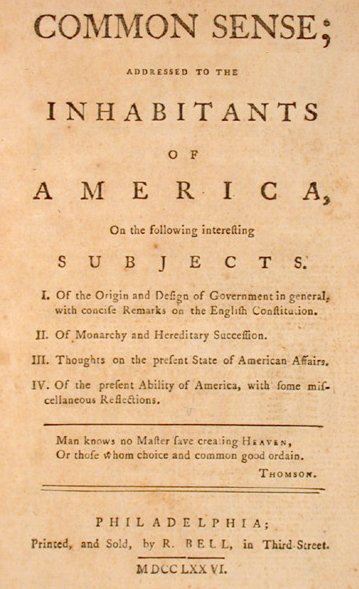
Additionally, the Continental Congress brought all delegates from the colonies together to promote unity and resolve disputes while representing colonial interests. The Congress helped create common goals for the colonies and showed British authorities that they were acting as unified states.
Notably, propaganda played a significant role in unifying the colonists. Pamphlets such as “Common Sense” by Thomas Paine persuaded many colonists to favor independence as they rallied behind a common enemy – British monarchs.
The colonists drew inspiration from their descendants’ successful struggle against England in a similar war than occurred decades earlier in Scotland under William Wallace’s command during Scotland’s freedom war. It gave them hope that they too could gain their autonomy.
Who says women can’t lead a revolution? These ladies were kicking butt and taking names in the propaganda game.
The Role of Women in Propaganda
Women’s Participation in Revolutionary Propaganda
Women played an essential role throughout the American Revolution, and their contribution to patriotic efforts did not go unrecognized. They actively participated in revolutionary propaganda by expressing themselves through literature, arts and craft, music, and sewing.
Their craft skills were used to show support for the patriots. Women created flags, uniforms, and clothing that symbolized patriotism. Their association with men who fought in the war helped them spread revolutionary ideas in their local communities.
Furthermore, women’s participation included fundraising activities and serving as messengers during wartime. By joining forces with their male comrades and advocating for independence from Great Britain, they earned equal roles during the revolutionary years.
In particular reference to Abigail Adams’ An Address to the Women of America that urged women to boycott British goods; it is said that “the chains of slavery are stronger than those of iron”. The stirring speech encouraged the prominent role of women in politics beyond the home front.
Join the revolution, they said. It’ll be fun, they said. Welcome to the world’s first DIY overthrow.
Examples of Propaganda in the American Revolution
To analyze the use of propaganda in the American Revolution, you will be exploring some of the most prominent examples from that period. This section, “Examples of Propaganda in the American Revolution,” includes four sub-sections that provide insight into specific instances of propaganda. These include Paul Revere’s “Boston Massacre” Engraving, Thomas Paine’s “Common Sense,” the “Join or Die” Cartoon by Benjamin Franklin, and the “Liberty Tree” Symbol.
Paul Revere’s “Boston Massacre” Engraving
Paul Revere’s Depiction of the Boston Massacre
During the American Revolution, Paul Revere created an engraving that portrayed the British soldiers as aggressors and the colonists as innocent victims. The “Boston Massacre” engraving was used to spread propaganda and incite outrage against British tyranny.
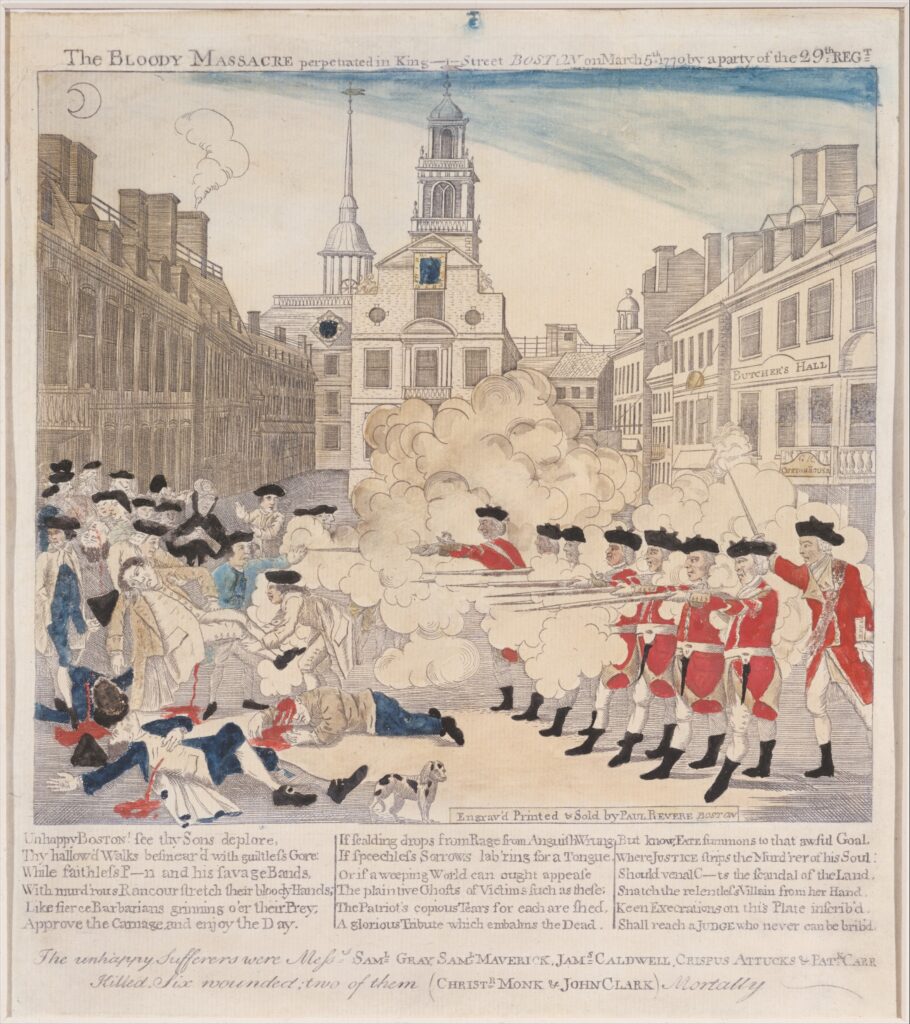
Table:
| Details from Engraving | Actual Event |
|---|---|
| Only 5 soldiers vs. 8 soldiers present during the shooting | |
| No provocation by colonists vs. initial provocation by colonists |
Aside from depicting less soldiers present at the scene and portraying the colonists as completely innocent, the engraving hid other significant details such as how the colonists taunted and confronted the soldiers before they fired their weapons.
Don’t miss out on understanding how propaganda can distort perceptions of historical events. Take a closer look at how people like Paul Revere were able to manipulate public opinion towards achieving their goals in revolutionary times. Thomas Paine’s ‘Common Sense’ – because sometimes, the most effective propaganda is just a little bit of common sense.
Thomas Paine’s “Common Sense”
The influential work by Thomas Paine, considered one of the most significant pieces of propaganda during the American Revolution, provided a clear and compelling argument for independence from Great Britain. Paine’s “Common Sense” presented readers with a concise, persuasive style that resonated with its intended audience. He framed his arguments in such a way as to make it accessible to the everyday person instead of just political figures.
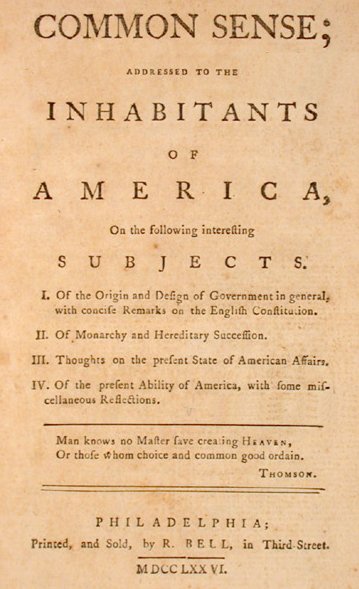
One way in which Paine effectively used propaganda was by appealing to people’s emotions. He emphasized how the British government had oppressed and mistreated American colonists through excessive taxation and oppressive military presence. Additionally, he portrayed America as righteous in its struggle for independence – a virtuous nation fighting for liberty against an oppressive monarchy.
Another critical aspect of “Common Sense” was its call-to-action. Paine urged readers to take action against British rule and seize power for themselves. His rhetoric challenged people to think seriously about what kind of future they wanted for themselves and their country, and inspired them to become more actively involved in the revolution.
Overall, Paine’s propaganda tactics were highly effective in mobilizing large numbers of colonists behind the revolutionary cause. His stirring words helped to create a sense of urgency among Americans toward fighting for their rights and overthrowing colonial rule, ultimately leading to victory over Great Britain in 1783.
Were those colonists joining or dying? Not sure, but at least they got a catchy slogan out of it.
The “Join or Die” Cartoon by Benjamin Franklin
A Cartoon by Benjamin Franklin was used as propaganda during the American Revolution to encourage unity among the colonies. The cartoon depicted a snake cut into segments with each segment representing a colony. This imagery represented the idea that unity was needed for success in the war effort. The message “Join or Die” was included, emphasizing the urgency of coming together against British rule.
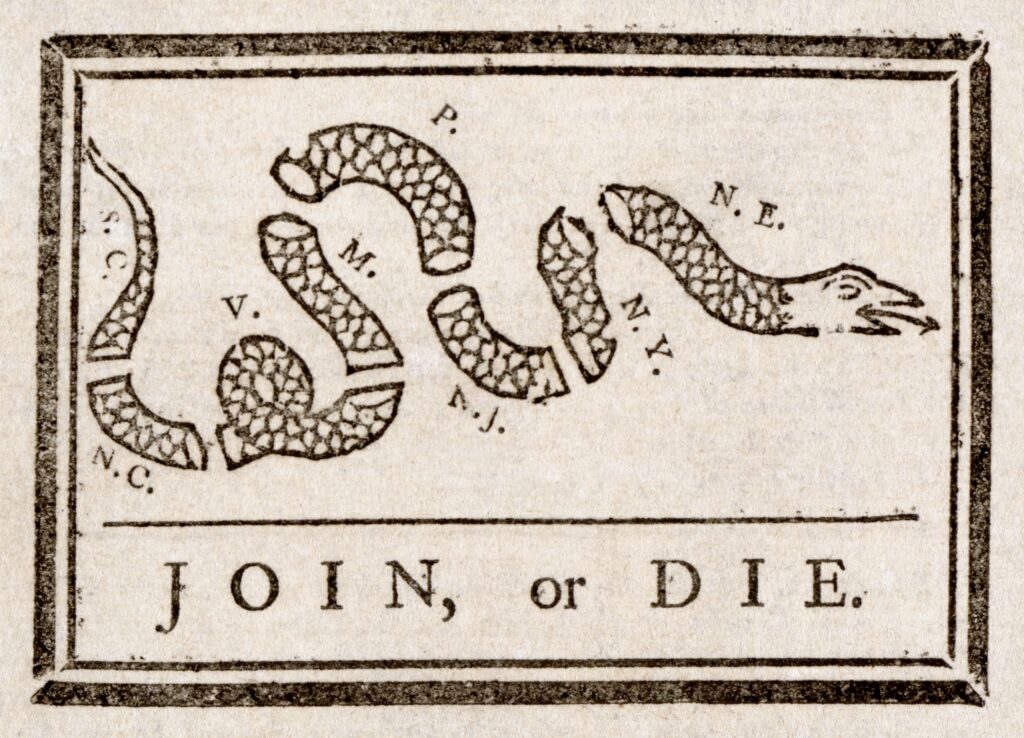
To this day, the cartoon remains an iconic symbol of American patriotism and resilience during times of adversity.
Unique details include how the artwork initially appeared in Franklin’s Pennsylvania Gazette in 1754 as a call for colonial unity during the French and Indian War but resurfaced again during the Revolutionary War as propaganda.
According to historians, cartoons and other forms of visual propaganda were particularly effective in reaching illiterate colonists who made up a significant portion of society at that time.
A true fact is that Benjamin Franklin himself did not design the image but rather adapted it from an earlier illustration by political satirist Anthony Pasterma.
The Liberty Tree symbol was so popular, it had more followers than Taylor Swift on Twitter.
The “Liberty Tree” Symbol
The symbol of the “Liberty Tree” was one of the most influential propaganda tools during the American Revolution. This tree was a physical representation of the Patriots’ belief in liberty and their resistance to British tyranny, primarily promoted through political posters or newspapers. The Liberty Tree fostered a sense of unity among the community and became an essential meeting place for like-minded individuals to discuss ideas for establishing a free society.
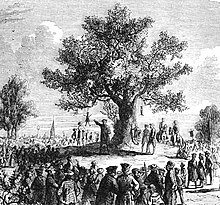
Furthermore, The “Liberty Tree” became famous after it was cut down by British Loyalists in 1775. This event led to widespread outrage within communities and helped develop further support for Patriots’ cause. Moreover, the destruction of this tree fueled anti-British sentiments and aided in recruitment drives for new soldiers.
The Liberty Tree also played an essential role in promoting news and distributing information related to revolution across areas within America that had either not declared independence or were not sure where they stood. This innovative form of propaganda proved so successful that eventually, almost every significant crisis related to the revolution had its lyrics set to music.
One story that exemplifies how effective the Liberty Tree symbol was as propaganda involves Samuel Adams’ recommendation against removing any debris from where “The Liberty Tree” once stood. By allowing people to witness what remained of it, Adams hoped that he could remind those who forgot what they were fighting for- liberty and just laws – so that when people pass by this site, they remember why they should never tire until there is generational change.
Let’s see if the effectiveness of American Revolutionary propaganda lives up to its hype or if it’s more like a pop-up ad that everyone ignores.
Analyzing the Effectiveness of American Revolutionary Propaganda
To analyze the effectiveness of American Revolutionary propaganda with sub-sections, ‘How Propaganda Helped Mobilize Patriots’, ‘The Impact of Propaganda on British Policy’ and ‘The Limitations of Propaganda in the American Revolution’ are presented as solutions briefly.
How Propaganda Helped Mobilize Patriots
The Power of Revolutionary Propaganda in Mobilizing Patriots
Revolutionary propaganda played a crucial role in mobilizing patriots during the American Revolution. Through the use of powerful messages and imagery, propaganda was able to influence public opinion and inspire individuals to take action.
One example is the famous ‘Join or Die’ political cartoon by Benjamin Franklin, which depicted a severed snake representing the colonies being pieced back together. This propaganda piece circulated widely and helped unite people against British oppression.
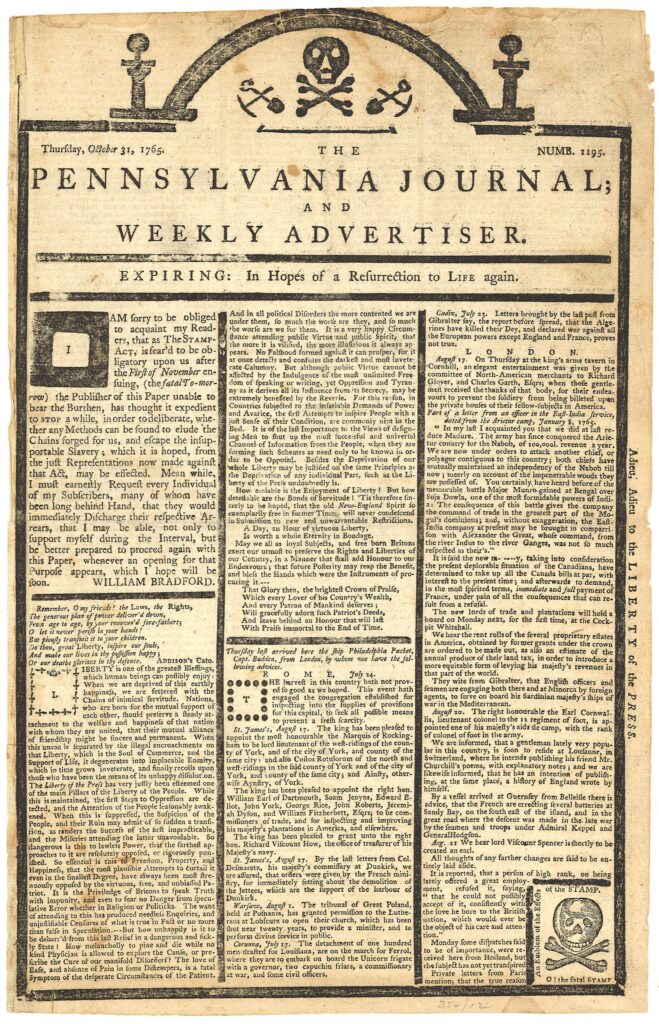
Other forms of propaganda included newspapers, pamphlets, speeches, and posters that spread messages about liberty, individual rights, and rebellion against tyranny. These effective tactics instilled hope and confidence in the colonists, leading them to take up arms and fight for their freedom.
Furthermore, at times, propaganda swayed neutrality towards support for these revolutionary ideas as even those who didn’t feel strongly about the issue became impassioned by compelling propaganda campaigns.
In fact, it would be hard to imagine winning the war without effective use of war-time messages directly aimed at public sentiment amongst ordinary Americans. Ultimately successful revolutionary war efforts demonstrate just how important persuasive communications methods can be in shaping attitude changes resulting into the desired behavioral attitudes.
Even the British couldn’t resist the power of American propaganda – turns out, red coats aren’t immune to catchy slogans and persuasive imagery.
The Impact of Propaganda on British Policy
The use of propaganda during the American Revolution had a profound impact on British policy. The artful and strategic presentation of information through print media, speeches and other mediums, played a subtle yet significant role in influencing the mindset of the British government towards the colonists’ demands. By appealing to their emotions and highlighting key issues, revolutionary propaganda ignited a sense of patriotism amongst the colonists while also exposing and magnifying Britain’s flaws.
The impact was evident through the series of events that followed, such as increased troop deployment to America, tighter control over colonial trade and taxation reforms. This ultimately culminated in a full-blown war between Britain and its former colonies. The evolution of propaganda from being an uprising tool to fueling a revolution paved the way for future political campaigns across various contexts.

It’s essential to note that propaganda cannot be entirely responsible for the outcome; however, it did play an indispensable role in shaping certain political narratives. Future leaders can learn from these experiences by strategically using channels to promote their agenda without compromising on ethics or validity. In this digitally connected world, with a constant barrage of information bombarding people’s devices every second, effective propagandists will be those who can masterfully craft messages that appeal to vast audiences without alienating them while maintaining accuracy and truthfulness.
Turns out even catchy slogans like ‘No taxation without representation‘ can’t solve everything, like, I don’t know, a whole war.
The Limitations of Propaganda in the American Revolution
The constraints of propaganda messaging during the American Revolution proved challenging. Despite its potential to encourage individuals to take up arms, it was limited by challenges that affected the overall impact.
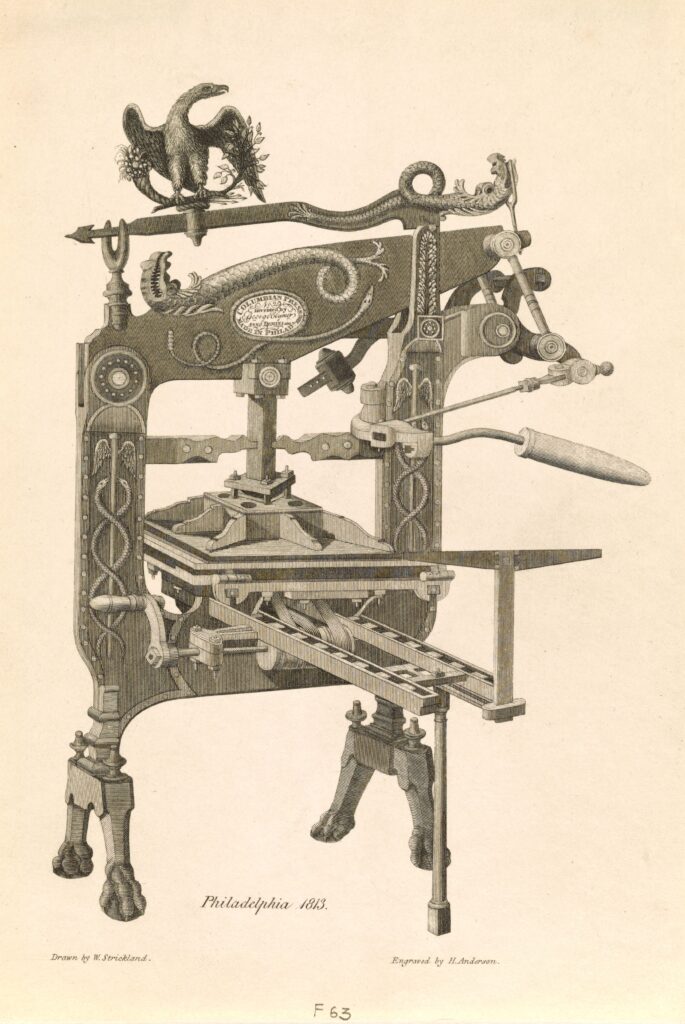
One major disadvantage is that propagandists could not guarantee they reached their intended audience. Message delivery relied heavily on word of mouth or paper prints, which often did not reach those who needed to see or hear it most.
Another overlooked impediment was that language differences among the colonists made communication challenging. The propaganda needed to be translated into different languages for broader distribution, which also incurred added costs.
It is essential to note that Revolutionary War propaganda had some benefits despite limitations. By framing British rule as an immediate threat and converting the conflict into a matter of survival, the propagandists motivated people to act with urgency.
To excel in spreading persuasion through propaganda, there should be clear communication between groups of origin and translation experts. Additionally, including vital images in messages can boost its penetration and impact by eliciting emotions in the audience.
The legacy of American Revolutionary propaganda? We still use it today to sell everything from cars to presidential candidates.
The Legacy of American Revolutionary Propaganda
To discover solutions and breakthroughs for the future movements, analyzing the legacy of American Revolutionary Propaganda with its sub-sections – ‘The Continued Use of Propaganda in American Politics’, ‘The Influence of American Revolutionary Propaganda on American Culture’, and ‘Lessons Learned from American Revolutionary Propaganda for Future Movements’, proves helpful.
The Continued Use of Propaganda in American Politics
In American politics, the use of propaganda has persisted over time to shape people’s opinions and political standpoints. It has been used to spread specific ideologies and evoke particular emotions from the masses. This method of persuasion is often employed by politicians, activists, and media practitioners alike.
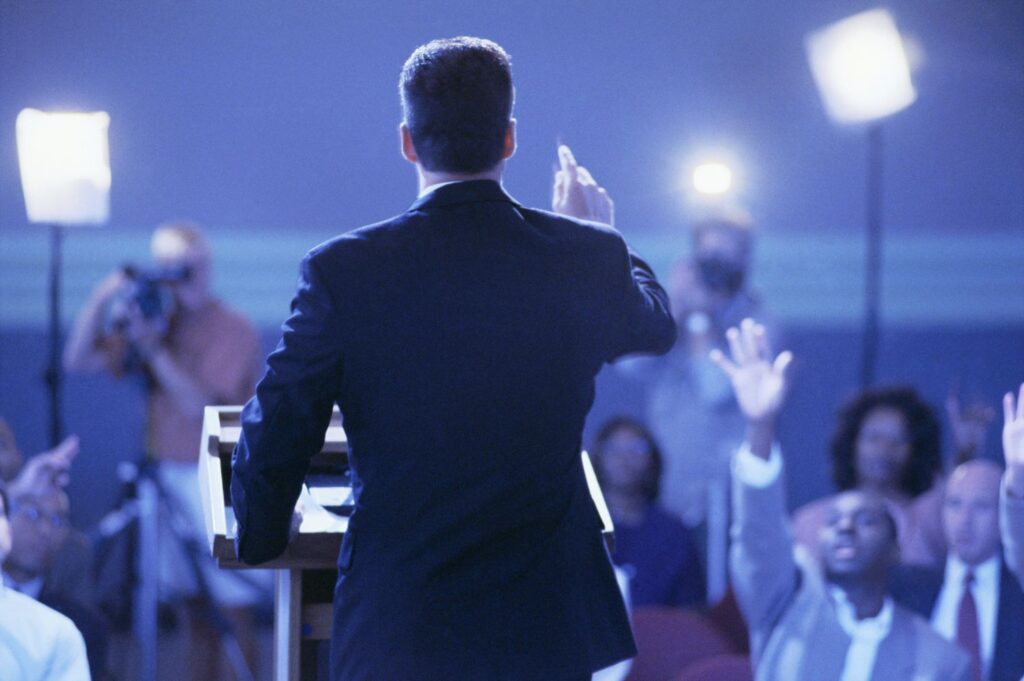
Propaganda in politics often comes in various forms such as posters, images or graphics, videos, speeches, and other media channels. It is particularly common during campaigns where politicians use it to sway voters towards their policies and ideologies. Nevertheless, propaganda has become a double-edged sword that can either be used for good or evil intention depending on who is wielding it.
The utilization of propaganda in American politics continues to evolve with technological advancement. The rise of social media platforms has allowed politicians to reach a broader audience with tailored messages that are often meant to create specific reactions among different voter groups. With this new technology comes increased responsibility.
Interestingly though, propaganda dates back to the revolutionary war era which was necessary for rallying support against British colonialism among Americans. Revolutionary propaganda helped mobilize both soldiers as well as civilians during the war by persuading them that it was in their best interests to fight for independence from Britain.
The legacy of American revolutionary propaganda still shapes the present-day political climate making it difficult to differentiate between genuine and dishonest campaign messaging. Therefore, understanding the intent behind political message dissemination is crucial for making informed decisions as citizens during elections.
American culture: where ‘freedom’ means indulging in consumerism and ‘revolutionary’ means having a sale at Macy’s.
The Influence of American Revolutionary Propaganda on American Culture
The impact of American Revolutionary propaganda on the culture of America has been profound. The propaganda from this era witnessed an unprecedented level of coordination and production, using various mediums to sway public opinion towards the revolutionary cause.
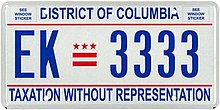
The visuals and messages in these propagandas communicated ideas such as liberty, freedom, and patriotism, which still resonate with Americans today. The revolutionary-era slogans like “No Taxation without Representation” have become ingrained into the American cultural psyche. American political leaders often incorporate similar language to connect with their constituents.
Apart from influencing politics, American Revolutionary propaganda has also shaped popular culture by promoting nationalistic values among citizens. This helped in creating a sense of unity and shared heritage among people coming from different backgrounds and regions.
The effects of American Revolutionary propaganda are still felt today as modern-day advertisers employ many tactics first used during that era to influence people’s behavior towards their products. Propaganda-focused campaigns continue to target not just Americans but also audiences worldwide.
In summary, it is clear that American Revolutionary propaganda has had a significant impact on shaping modern-day American culture. As we embrace new forms of media platforms and messaging techniques, we should always remember the power that propaganda can wield if misused or appropriated for commercial gain. Revolutionary propaganda may be a thing of the past, but its lessons are still relevant today – just don’t forget to fact-check before printing those flyers.
Lessons Learned from American Revolutionary Propaganda for Future Movements.
The American Revolutionary propaganda holds crucial lessons for future movements seeking to achieve their goals through persuasive communication tactics. These lessons encompass the power of evocative language, visual imagery, and emotional appeal in shaping public opinion towards a particular cause.
Communication strategies in revolutionary propaganda deliberately target psychological and cognitive biases that influence human behavior, such as confirmation bias, framing effects, and social proof. By studying these techniques, modern-day activists can improve their abilities to influence behaviors through slogans, images, and narratives that resonate with target audiences.
Unique aspects of the American Revolutionary propaganda include its continuous propagation over several years through varied media forms and its use of caricatures depicting political figures as heroic icons. Successful propaganda campaigns like this one offer insight into how messages can be sustained over long periods while retaining their effectiveness.
According to historian Jill Lepore, “From our present vantage point…It is almost impossible to exaggerate how much came out of the American Revolution.” As such, learning from its successes in using persuasive messaging remains relevant today for any movement striving for political change through communication.
Frequently Asked Questions
1. What is propaganda?
Propaganda refers to the spread of information, ideas, or opinions for the purpose of influencing or manipulating public opinion or behavior.
2. How did American colonists use propaganda during the American Revolution?
American colonists used propaganda to build support for the Revolution, demonize the British, and rally people to their cause. They created posters, newspapers, pamphlets, and speeches that highlighted British injustice and tyranny, and presented the colonists as noble and heroic defenders of freedom and liberty.
3. What were some of the most effective propaganda techniques used by American colonists?
American colonists used several propaganda techniques, including emotional appeals, bandwagon appeals, loaded language, and demonization of the enemy. They also used symbols and slogans that people could easily remember and identify with, such as “Don’t Tread on Me” and the Liberty Tree.
4. Did both sides in the American Revolution use propaganda?
Yes, both the American colonists and the British used propaganda to attack each other and win public support. The British also used similar techniques to present themselves as the rightful rulers of the colonies and portray the colonists as rebels and traitors.
5. Was propaganda a new phenomenon during the American Revolution?
No, propaganda has been used throughout history to shape public opinion and justify wars, revolutions, and political regimes. However, the American Revolution was a key moment in the development of modern propaganda techniques and strategies.
6. What lessons can we learn from the use of propaganda in the American Revolution?
We can learn that propaganda is a powerful tool that can be used for good or bad purposes, and that it plays a crucial role in shaping public opinion and behavior. We can also learn to be more critical and analytical of the information and messages we receive, and to recognize the propaganda techniques and biases that may be present in them.
